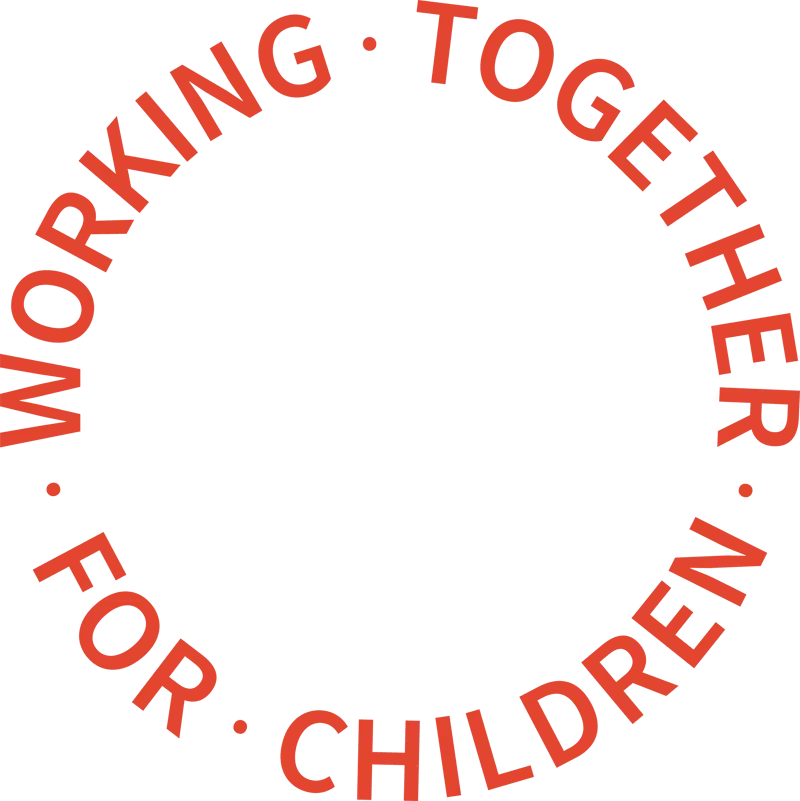Children suffering criminal exploitation are currently more likely to be criminalised than recognised as victims and helped, the Howard League for Penal Reform has warned.
While significant progress has been made in reducing the criminalisation of children in residential care, people involved in crime, including those operating “county lines”, are taking advantage of failings in children’s social care and central government oversight to exploit and abuse children in residential care.
“Focus now needs to be placed on safeguarding these children from exploitation and abuse by gangs and criminal networks,” said a briefing by the Howard League for Penal Reform. “A multi-agency approach, based on trusting relationships and shared responsibility between children’s homes’ staff, social workers and the police, is essential to preventing criminalisation and safeguarding children.”
When the charity first started its programme to end the criminalisation of children in residential care in 2016, it was primarily concerned with criminalisation for the kinds of minor incidents a parent would not have called the police about; things like breaking a mug or blowing smoke in a care worker’s face.
In 2013/2014, 15 per cent of children living in children’s homes were criminalised however in 2018/19 this had been reduced to seven per cent.
Following this success, the charity is now focusing on how children in residential care are being criminalised for offences they are committing as a direct result of child criminal exploitation.
Children living in residential care are being exposed to a high level of risk of exploitation and abuse by gangs and criminal networks.
“The current structure of the residential children’s homes sector and the lack of central government oversight and control is putting children in danger and enabling the spread of exploitation and criminality around the country,” said the briefing.
People running county lines exploit children to conduct their criminal activities in order to escape detection and because children are easier to control and manipulate than adults. They look for vulnerable children who are more susceptible to being groomed. They will target children with additional needs, mental health problems and difficulties at home, and children on the edge of care and looked-after children are an obvious target.
Those exploiting children may promise protection from gangs, friendship, gifts or small amounts of drugs. Girls may believe they are in a romantic relationship but as the grooming progresses, it is likely to change in tone.
Gifts turn into debts that can never be paid off; threats of extreme violence, and actual violence, against children and families will be used; children may be forced into violent or demeaning activities themselves which are filmed and used to control them. They become trapped and have no option but to do what they are told. Many children who are exploited see hardly any of the profits of the criminal activities they are forced or coerced to be involved in.
Children are most likely to be identified as being exploited if they are caught carrying drugs or they are involved in violence-related activities. The charity warns that police and others should be aware that many other offences such as theft and non-payment of train tickets, may also be indicators of exploitation. Professional curiosity, informed by training, is essential to identify signs of exploitation, it adds.
Some children will maintain that they are acting through free will, motivated by money and/or the sense of belonging. As children become more entrenched in the group and rise up the criminal hierarchy they are more likely to be involved in peer-to-peer grooming, violence and the abuse of other children.
The numbers of older children coming into care has increased in the last five years, Department for Education figures show. Older children are more likely than younger children to be in children’s homes, partly because of the lack of specialist foster carers. However, it is not known how many teenagers coming into care have been identified as being subject to or at risk of CCE because local authorities are not currently required to report on this to government.
Last year, the government found that teenagers in care are more likely than younger looked-after children to have the following recorded as a concern: CSE; going missing; gangs; socially unacceptable behaviour; their own drug misuse; mental health problems, indicating that many teenagers are either already victims of CCE when they enter care or that they are vulnerable to becoming victims.
The Howard League for Penal Reform wants similar data recorded when children enter care and for this to be included in the annual return to government and made publicly available to assist monitoring of the problem and inform police and social care efforts to tackle criminality and protect children.
While the government has acknowledged the serious threat posed by county line activity, the charity warns that the current residential children’s homes structure “is playing into the hands of abusers and contributing to the growth and geographical spread of the problem”. Children’s homes are usually situated in less expensive parts of the country and frequently in disadvantaged areas and more than 40 per cent of looked-after children are living outside their home area.
Moving children away from their home area may be the right option for some children but it has become more widely recognised that placing children at often long distances from home can (i) put exploited children and children who are vulnerable to exploitation at more risk and (ii) facilitate the spread of exploitation and the development of new “lines”, the briefing warns.
The charity also found:
- Out-of-area placements exacerbate the factors that can make children more susceptible to being groomed.
- Children who are already involved in county lines will make new networks when they are moved to another area.
- Any protective factors children had from being on their home turf are lost.
- Local authorities can lose control and oversight over the care children are receiving and what is happening to the child when they are out-of-area.
- Children have difficulty accessing services in out-of-area placements.
- Black children placed in predominantly white areas stand out making them an easy target for criminals.
- Social media makes it easy for criminals to carry on threatening and exploiting children when they move to new areas.
- Children go missing from out-of-area placements to carry out illegal activities for exploiters.
- Local professionals/workers lack the cultural competence to engage with children from very different environments.
The briefing adds that a well-run home with supported staff that care for and about children will create relationships and environments that make it less likely that children will be exploited. Homes can only provide the environment that children need to thrive when working in tandem with the child’s local authority.
Homes must be able to work effectively with social workers on an on-going basis, for example, to ensure that children are in education and provided with the support services they need, something that often isn’t happening for children placed out-of-area.
It states that it is vital that police forces analyse their child arrests figures to understand what is happening. Where it is obvious that the child is a victim of exploitation, for example if they are found in a trap house, they should not be arrested. Where the police suspect that a child is a victim after arrest they must be treated as a victim not as a criminal from that point onwards.
Furthermore, if a child is arrested and the children’s home and/ or social worker knows or suspects that the child is a victim of exploitation they should immediately inform the police and the child’s solicitor. It is important to make sure that the child has a youth justice specialist solicitor with knowledge about child exploitation and the available defences.
“No single agency can tackle exploitation on its own. We heard time and again, usually from the police who tended to be driving local work, of the frustrations of trying to get children’s homes and local authorities to engage and support efforts to safeguard children,” said the briefing.
“We call on the government to recognise how an unmanaged system that operates according to market forces can play into the hands of people who exploit and abuse children. Addressing the issues in children’s homes is essential if the government is serious about tackling “county lines” and child exploitation,” the report concluded.
Ending the criminalisation of children in residential care
Victims not criminals: protecting children living in residential care from criminal exploitation
file:///C:/Users/cjerrom/Downloads/Victims-not-criminals%20-%20Ending%20the%20Criminlisation%20of%20Children%20in%20Residential%20Care%20-%20Howard%20League%20(1).pdf

